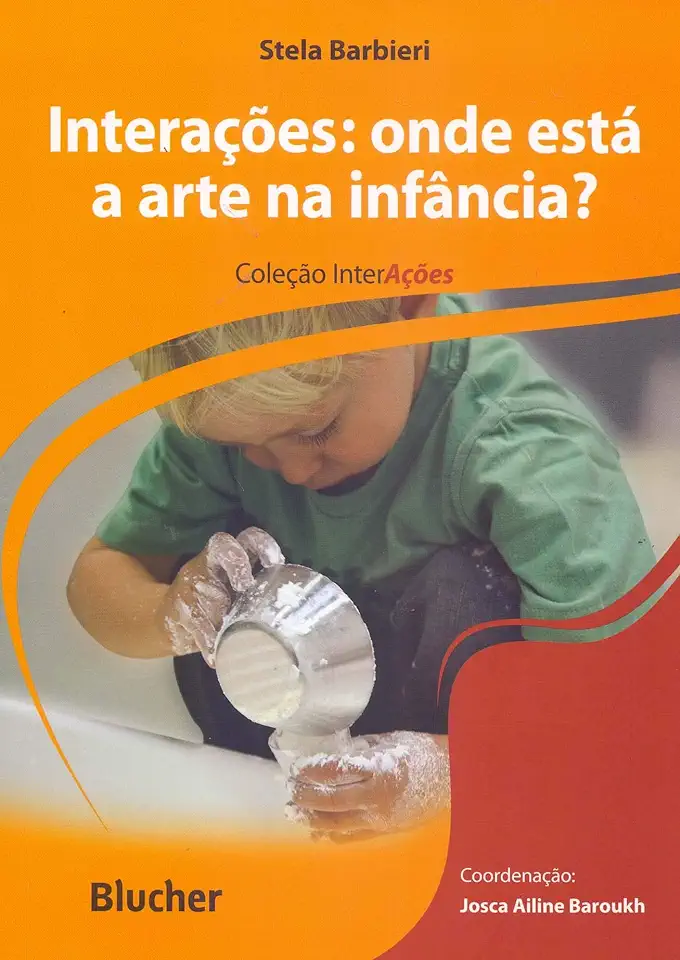
Interactions: Where is the art in childhood - Barbieri
Interactions: Where is the art in childhood?
An Introduction
In her book, "Interactions: Where is the art in childhood?", author and art educator Lella Gandini explores the role of art in early childhood education. She argues that art is not simply a frill, but rather an essential part of children's development. Through art, children can express themselves, explore their creativity, and learn about the world around them.
The Importance of Art in Early Childhood Education
There are many reasons why art is important in early childhood education. First, art helps children to develop their fine motor skills. As they paint, draw, and sculpt, children learn how to control their hands and fingers. This control is essential for many other activities, such as writing and eating.
Second, art helps children to develop their cognitive skills. As they create art, children learn to think creatively and solve problems. They also learn about colors, shapes, and textures. This knowledge can help them to succeed in other areas of school, such as math and science.
Third, art helps children to develop their social skills. As they work together on art projects, children learn to cooperate and communicate with each other. They also learn to appreciate the work of others. This can help them to build strong relationships with their peers and teachers.
Finally, art helps children to develop their emotional skills. As they express themselves through art, children learn to manage their emotions and cope with stress. This can help them to become healthy, well-rounded individuals.
How to Incorporate Art into Early Childhood Education
There are many ways to incorporate art into early childhood education. Here are a few ideas:
- Set up an art area in your classroom or home. This area should be well-stocked with art supplies, such as paints, brushes, clay, and markers.
- Encourage children to explore different art materials and techniques. Don't be afraid to let them get messy!
- Talk to children about their art. Ask them what they are trying to express and what they like about their work.
- Display children's art in your classroom or home. This will help them to feel proud of their work and encourage them to continue creating.
Conclusion
Art is an essential part of children's development. It helps them to develop their fine motor skills, cognitive skills, social skills, and emotional skills. By incorporating art into early childhood education, we can help children to reach their full potential.
Call to Action
If you are an early childhood educator, I encourage you to read "Interactions: Where is the art in childhood?" and to start incorporating art into your teaching. You will be amazed at the difference it makes in the lives of your students.
If you are a parent, I encourage you to talk to your child's teacher about how art is being incorporated into their education. You can also encourage your child to explore art at home. Provide them with art supplies and let them create freely. You may be surprised at what they can do!
Enjoyed the summary? Discover all the details and take your reading to the next level — [click here to view the book on Amazon!]